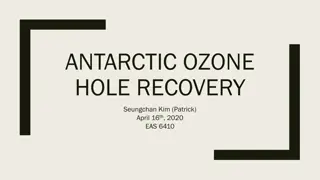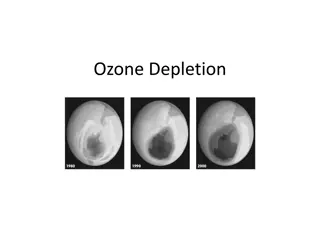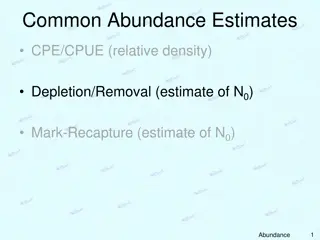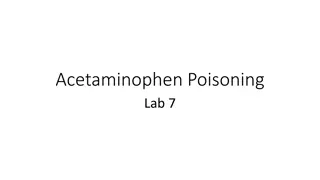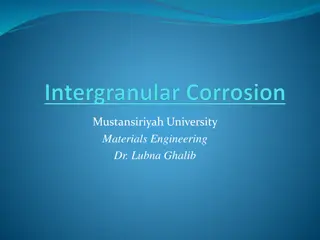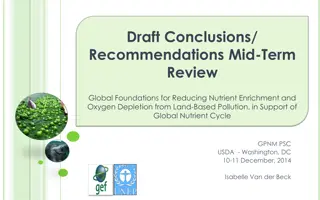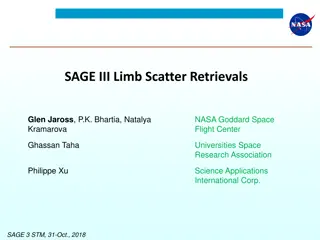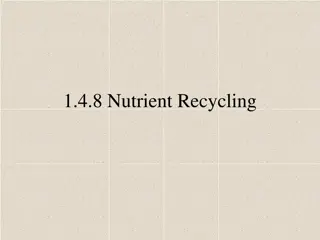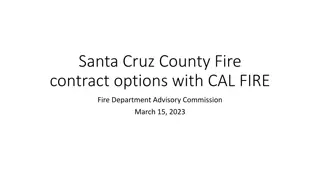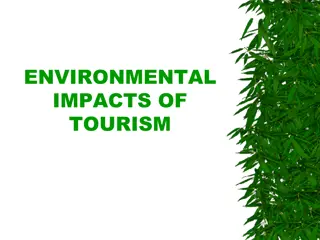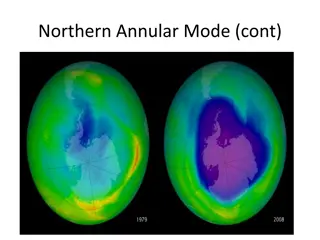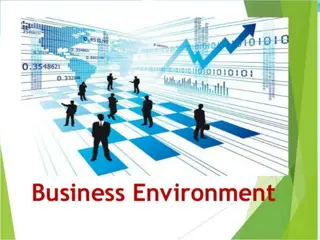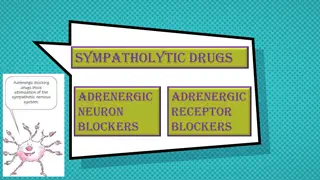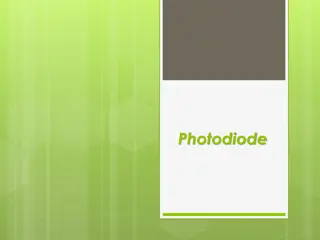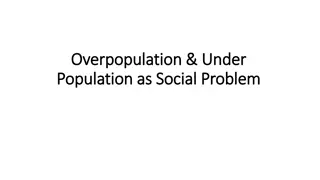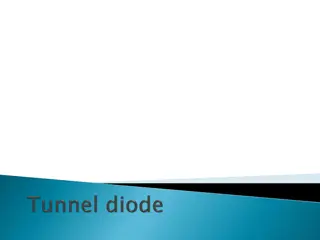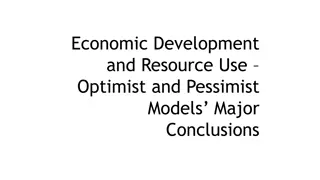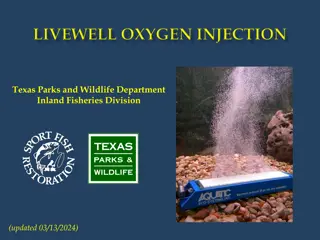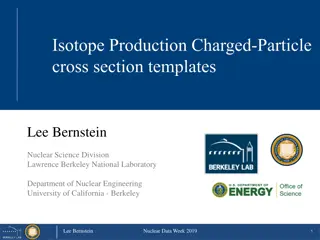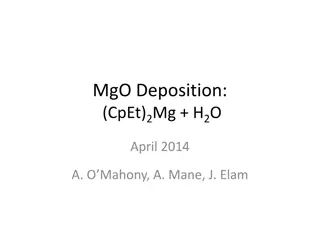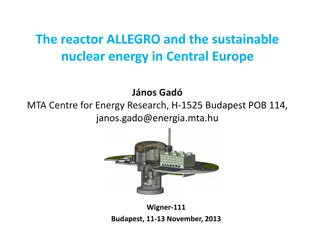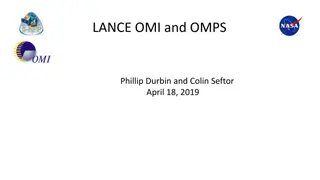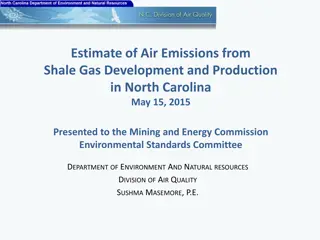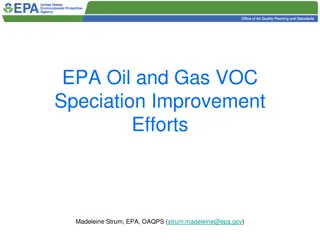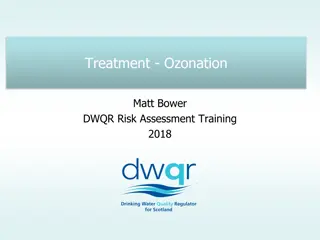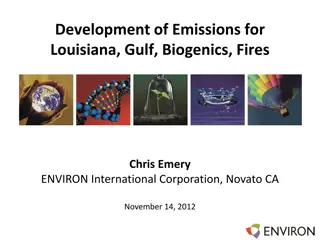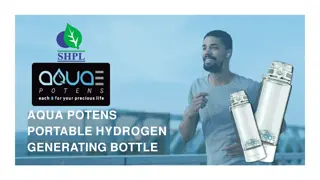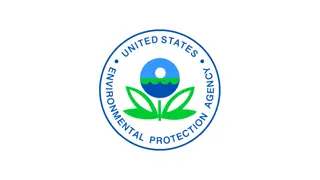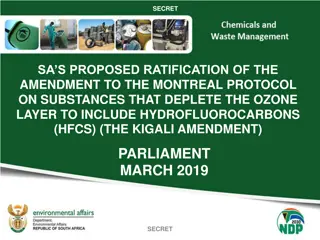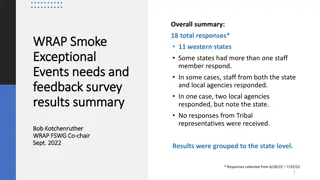Understanding Ozone Depletion and Its Impact on the Environment
The stratosphere contains a vital layer of ozone that shields the Earth from harmful UV radiation. However, human activities, particularly the use of chlorofluorocarbons (CFCs), have led to the depletion of this protective ozone layer, especially over the poles. This thinning of ozone poses significant risks such as increased UV exposure, higher rates of skin cancer, disrupted food chains in oceans, and adverse effects on various species. Understanding these processes is crucial for mitigating environmental damage and safeguarding our planet's health.
Download Presentation

Please find below an Image/Link to download the presentation.
The content on the website is provided AS IS for your information and personal use only. It may not be sold, licensed, or shared on other websites without obtaining consent from the author. Download presentation by click this link. If you encounter any issues during the download, it is possible that the publisher has removed the file from their server.
E N D
Presentation Transcript
Area in the stratosphere where ozone is highly concentrated Ozone: 3 atoms of oxygen (O3) Absorbs most of the harmful ultraviolet (UV) radiation from the sun Acts like a sunscreen for the Earth
Chlorofluorocarbons (CFCs) Human-made chemicals Nonpoisonous, nonflammable, don t corrode metals Became popular as coolants in refrigerators & air conditioners and a propellant in spray cans of deodorants, insecticides, paint, etc. At Earth s surface are chemically stable (don t combine or break down) But CFC molecules break apart high in the stratosphere (by UV radiation) Parts of the CFC molecule destroy protective ozone A single chlorine atom from CFC can destroy 100,000 ozone molecules
Thinning of stratospheric ozone that occurs over the poles during the spring First discovered in 1985
During the dark polar winter, strong circulating winds over Antarctica isolate cold air from surrounding warmer air Air within the vortex grows extremely cold High altitude clouds made of water & nitric acid begin to form Here the products of CFCs are converted to molecular chlorine When the sunlight returns to the South Pole in spring, chlorine is split into 2 chlorine atoms by UV radiation The chlorine atoms rapidly destroy ozone Causes a thin spot which lasts for several months
Ozone is very chemically reactive Ozone produced by pollution breaks down or combines with other substances in the troposphere long before it can reach the stratosphere
UV light damages DNA Makes the body more susceptible to skin cancer
High levels of UV light can kill phytoplankton in oceans Disrupt food chains & reduce fish harvests Increase the amount of CO2 in the atmosphere Especially damaging for amphibians Lay eggs without shells in shallow water More UV light may kill more eggs & put populations at risk Interferes with photosynthesis Can result in lower crop yields
Montreal Protocol (then a 2ndconference in Denmark) Group of nations agreed to eliminate most CFCs by 1995 Companies developed CFC replacements International environmental success story Not over: CFCs remain active in the stratosphere for 60-120 years


